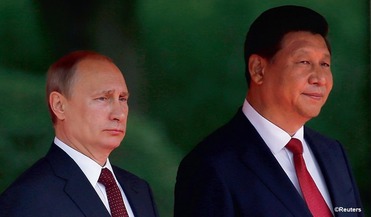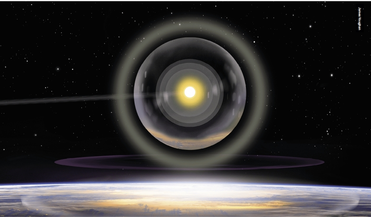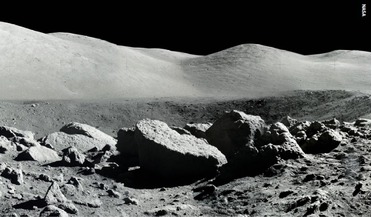 December 2014
A door closes
December 2014
A door closes
... to ban the export of the RD180s to the United States for military launches. The deterioration in relations will close...Part of that argument will surely be that Russia and the United States, as the two leading spacefaring nations and among the world’s...
 September 2016
Moon or Mars - how logical is NASA’s next step?
September 2016
Moon or Mars - how logical is NASA’s next step?
... any resource they are able to remove from an asteroid. In seeking to facilitate a pro-growth environment in space, the United States’ government is walking a fine line in avoiding Article II of the Outer Space Treaty of 1967 (OST), which banned the...
 September 2017
Call for Australia to head back into space
September 2017
Call for Australia to head back into space
...responsive space The solution is linked to a concept known as ‘Operationally Responsive Space’ (ORS). The new Secretary of the United States Air Force (USAF) favours the reinvigoration of the ORS Office [10]. Australia has a lot to offer. In the past...
 April 2021
Space wars - how they start and how to end them
April 2021
Space wars - how they start and how to end them
... orbit to perform a surprise attack on critical space assets in lower orbits. This is such a threat issue that the United States Space Force (USSF) is now considering ‘Moon Patrols’. Example statistics of ‘lost’ space objects by orbital altitude and...
 October 2021
Mining lunar hydrogen
October 2021
Mining lunar hydrogen
..., Canada, Japan, Luxembourg, Italy, UAE, UK, Ukraine, South Korea and New Zealand - evidence the commitment of the United States. The Accords provide for the creation of so-called ‘lunar safe havens’ around future bases to “prevent damage...
 January 2023
Asgardia expands its reach
January 2023
Asgardia expands its reach
... by IBMP in cooperation with NASA and other partner organisations, as well as researchers and specialists from the United States, Russia, the United Arab Emirates, Germany, France, Italy, Belgium and Japan. The SIRIUS Chief Project Manager, Dr Mark...